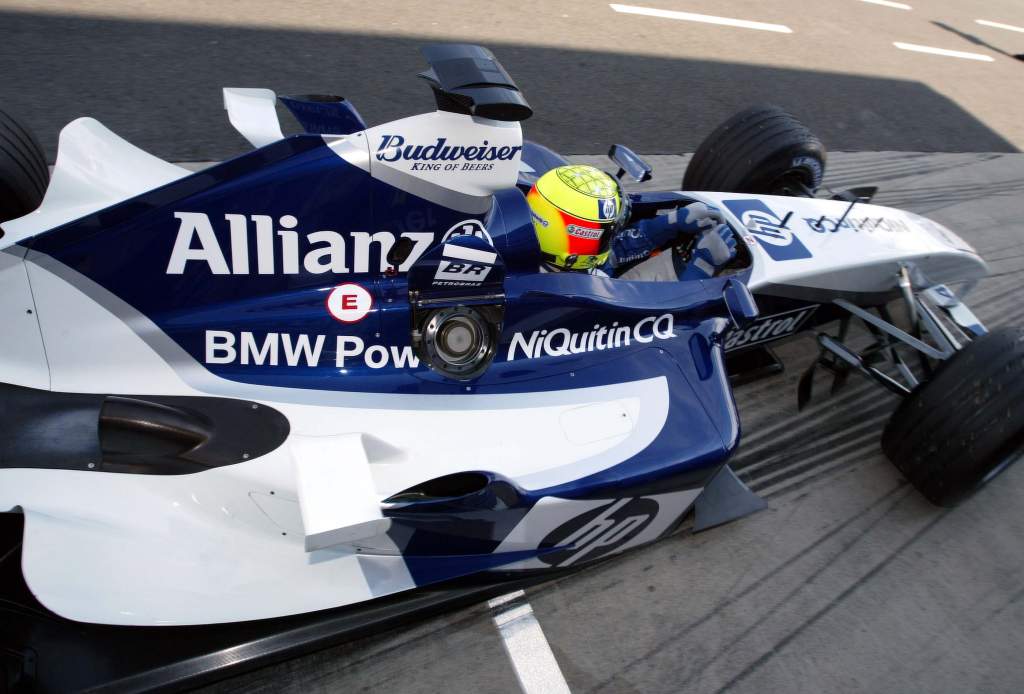Up Next

One of The Race Members’ Club‘s benefits is the chance to suggest articles you’d like to see appear on The Race.
Earlier this year, Ben Saylor requested an article on Ralf Schumacher, how he earned his place in Formula 1, his relationship with brother Michael and his driving style.
Mark Hughes duly obliged, and this article was published exclusively for the Members’ Club back in September.
As an early Christmas present, and a chance to see the kind of content members can request from us, we’re now making this feature available to all our readers.
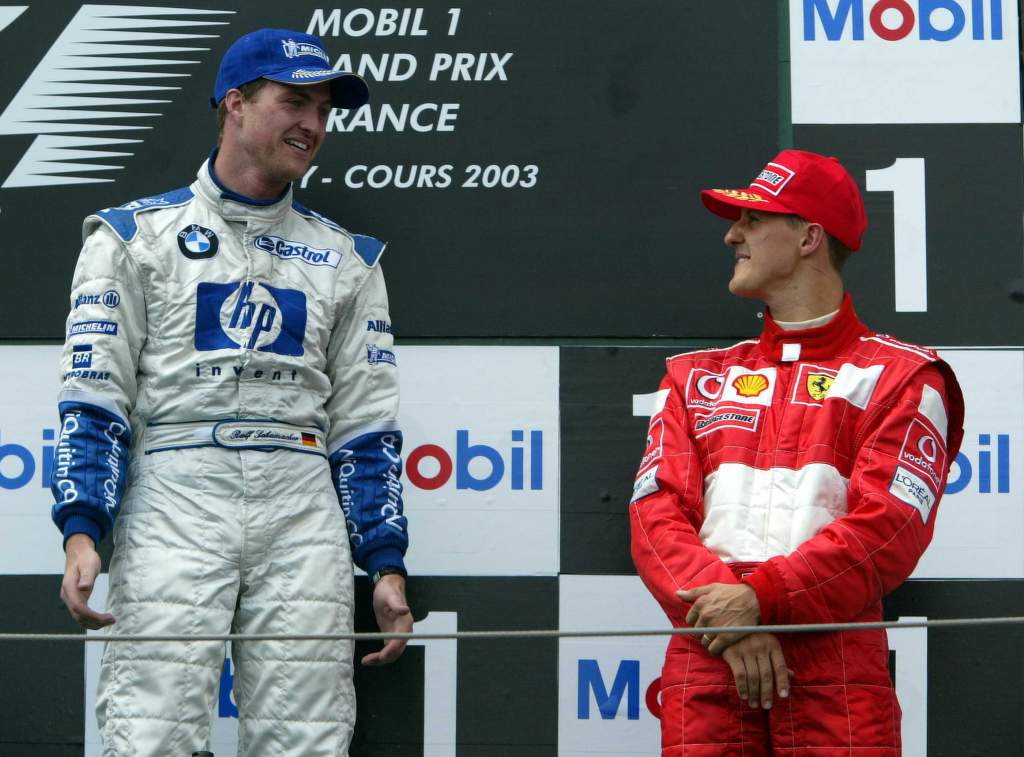
Ralf Schumacher came into Formula 1 on the coattails of his brother… but.
The Schumacher name created the interest and financial clout to make his way through the junior categories of the sport. But he needed to justify it every time by sheer performance. Which he always did.
It’s one thing to get yourself into top equipment, quite another to deliver – and Ralf’s performances in winning the 1995 Macau F3 event or the ‘96 Formula Nippon championship, for example, were overwhelmingly good. Any driver achieving at that level was a worthy F1 candidate regardless of their surname or the quality of their machinery.
But if Ralf imagined the questions and comparisons would stop there, he was sadly mistaken. Living in Michael’s shadow despite a successful F1 career – six grand prix victories, a serious contender for the 2003 world championship – became his lot. It takes a person of a lot of character and inward resolve to be successful under those circumstances.
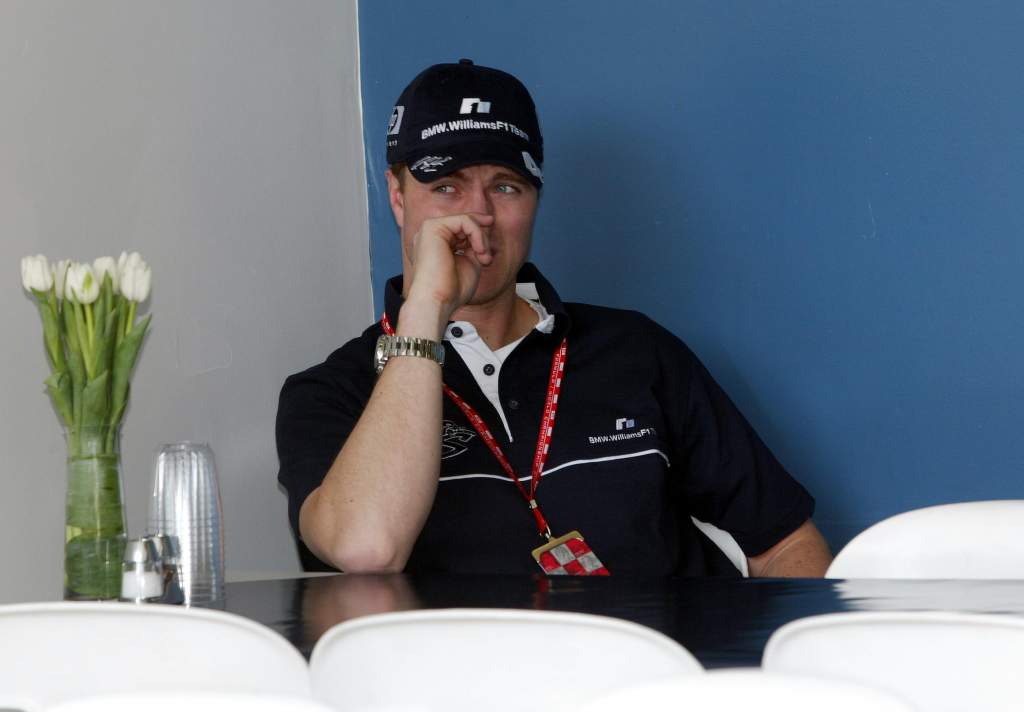
He was a very private man. He hated the invasion of privacy which came with F1 stardom. “I hate fame,” he once related to me. “Detest it. I see it as a byproduct of racing, just like there is a byproduct when you eat food…”
Even before becoming famous in his own right, he saw first hand the intrusion of it from Michael’s success. In protecting himself Ralf could sometimes be a little paranoid, always looking for who or what might be waiting to bring him down. He was/is a complex guy, actually nice at his core, but one wondered at the time if the paranoia led to doubts. He could be devastating from the front but indifferent from anywhere else.
But Ralf Schumacher was an extremely quick F1 driver.
“He was very, very, very good,” related his Williams team-mate Juan Pablo Montoya recently in a Beyond the Grid interview, “a lot better than people realised. He was just so friggin’ quick.”
Forget his name for a moment and consider how a driver today might be considered who in his rookie season with a second-tier team came within a team-mate tangle of winning a grand prix (Argentina ’97). Or who in his sophomore season proved generally quicker than a world champion team-mate (Damon Hill in ’98).
There was a period, mid-2003, when Williams had finally honed the FW25 into competitive shape, when Ralf Schumacher was the fastest thing around. With the car balanced just as he needed it to be, even the gifted Montoya simply could not drive the car as quickly as Ralf.
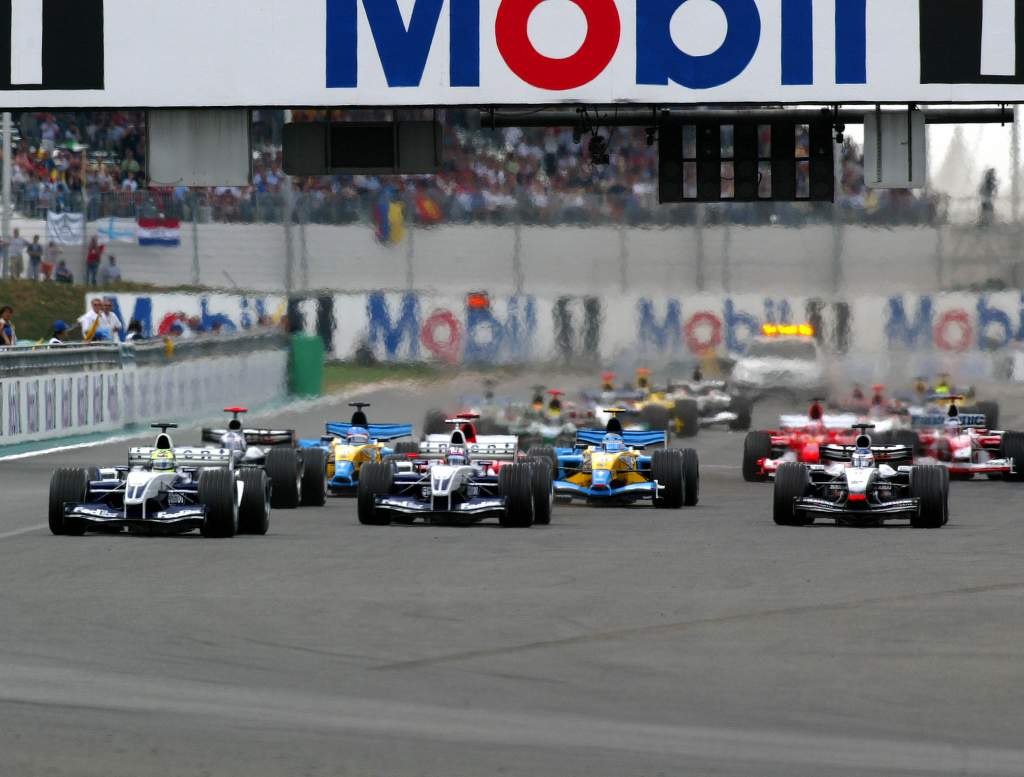
It was on just such a day that year – at Magny-Cours – that Montoya, angered at the team not allowing him to attempt to undercut his way past Ralf, who had been quicker all weekend and had led from the beginning, decided he was going to leave Williams at the end of his contract. He instructed his manager Julian Jakobi that evening to begin negotiations with McLaren. It was Ralf’s peak raw speed which induced that split.
But on the days when the car couldn’t be perfectly balanced – and there were many of those – and needed to be manhandled to a lap time, then Montoya was invariably the more impressive.
That gives a little clue as to Ralf’s very particular driving style. It was modelled on that of his brother.
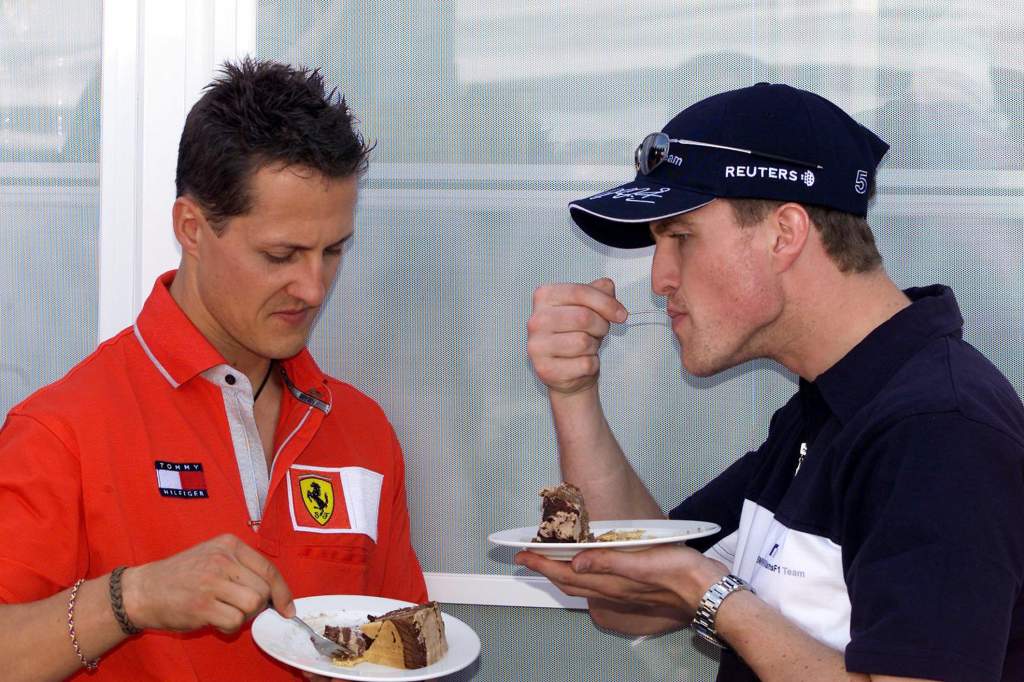
Michael was naturally a hugely influential presence in Ralf’s career and it extended all the way down to how he drove. They discussed it extensively in Ralf’s early career, though he says that any racing talk between them stopped once Ralf was a direct competitor.
Michael could tolerate – even encourage – Ralf competing in his territory but if he wanted to race him, Michael would be just as ruthless with him as with anyone else. Michael putting Ralf up against the pitwall off the start happened more than once in Ralf’s Williams days.
In 2005 at Monaco Michael veered wheel-to-wheel with Ralf’s Toyota in a vain attempt at passing just short of the flag, moving Ralf to comment: “He’s crazy. He should have switched on his brain before he tried a move like that. Another millimetre and one of us could have been dead.”
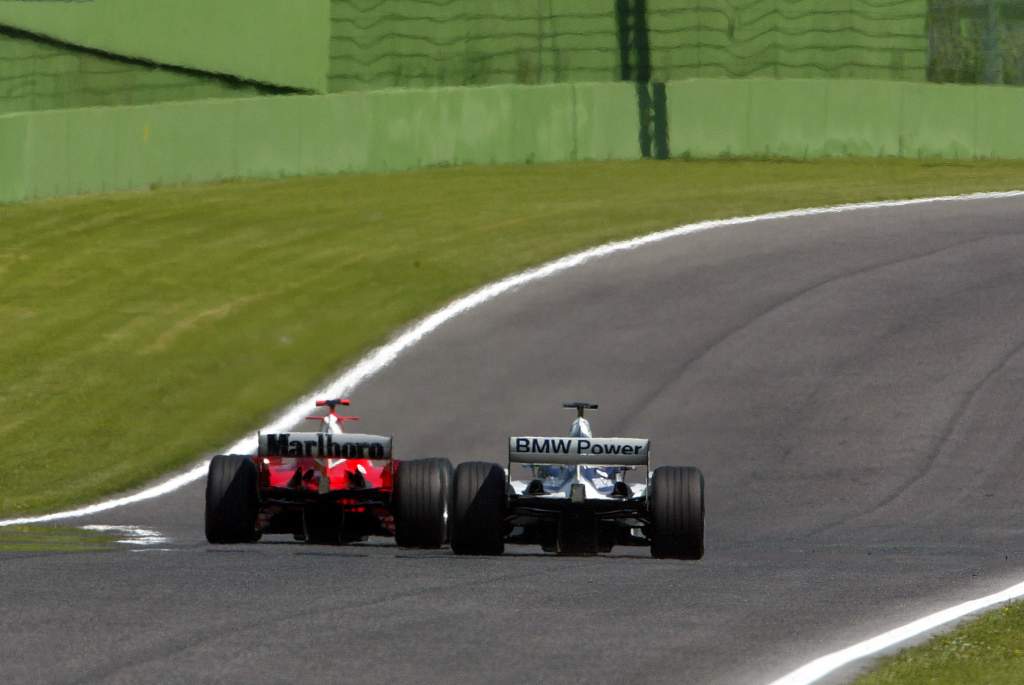
Although Ralf never emulated Michael’s wheel-to-wheel ruthlessness, their diving styles were similar. That style involved a lot of overlap between brake and cornering load, allowing them to maintain a very high entry speed while getting a progressive rotation of the car into the corner.
It was Michael’s natural style, a technique he’d evolved and given a lot of thought to. He’d carry so much speed in, it wasn’t feasible to get onto the throttle until the apex. So the exits weren’t as quick as those with a more classical late brake/early throttle/geometrical line style.
But Michael would ensure that he found more speed on entry than he’d lose on exits, and would vary the extremity of his style according to how long the following straight was.
In his early days, before telemetry was very sophisticated, he’d even have two digital stopwatches in the cockpit during testing to allow him to make comparisons.
In between the classical and the ‘Schumacher’ style – in reality it long pre-dated Schumacher and was exploited by Stirling Moss, Jim Clark, Alain Prost, Nigel Mansell among others – there is room for some throttle/brake overlap, controlling the aero platform of the car with the brakes even as you are holding the car on the throttle ready for an immediate response when the brakes are fully released.
It was in this area that Ralf, in his early F1 days, was extreme. The Jordan guys had to get him to roll it back a little as he was destroying the brakes. It had worked fine in the lower power categories, but required some finessing in F1.
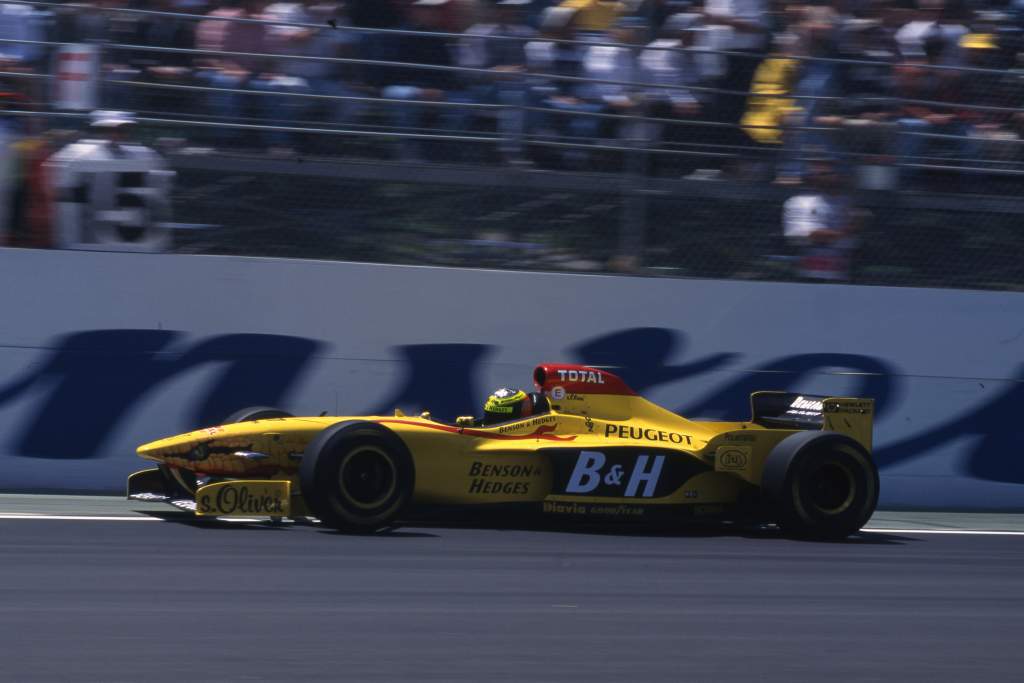
Ultimately, Ralf was not as adaptable as Michael in his driving. Which meant that if the car and tyres were not responsive to that extreme style, if the front could not be loaded up with combined lateral and braking forces, he would tend to get a little lost. A 0.1s loss of car performance could quite easily become half-a-second as the car no longer made sense to him.
This could then snowball, as Montoya points out.
“On his day, when he was on his A-game, he was unbeatable,” recalls Montoya.
“But if you could beat him by one thousandth of a second you had him, he started doubting everything.”


